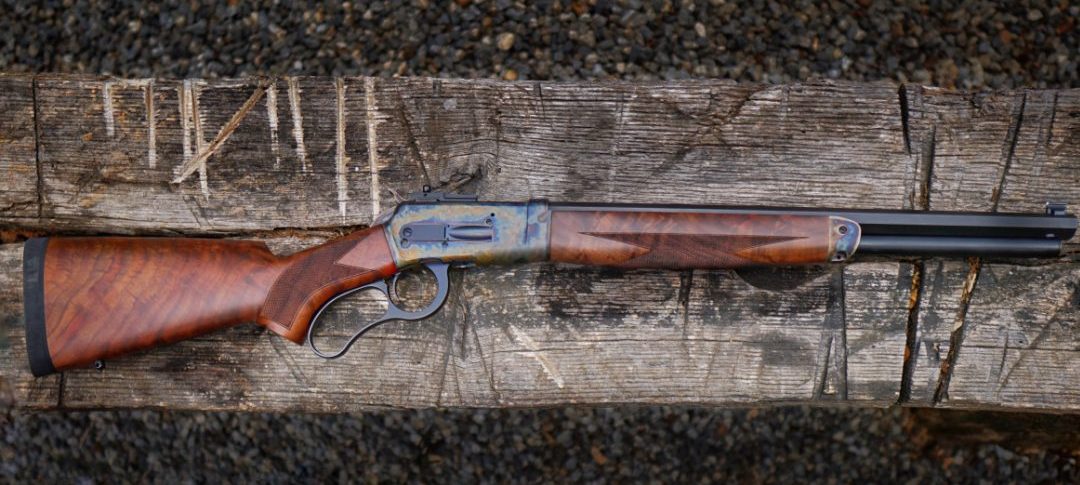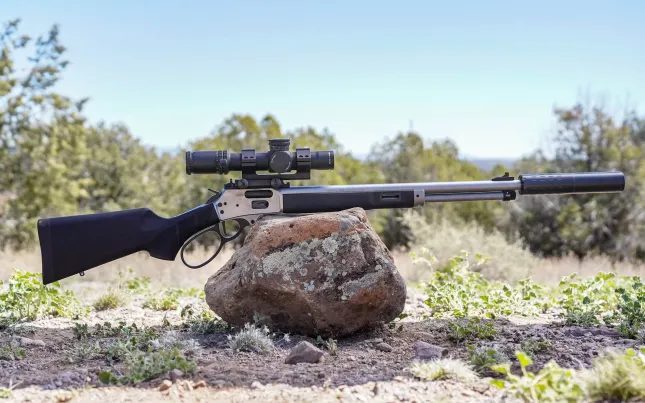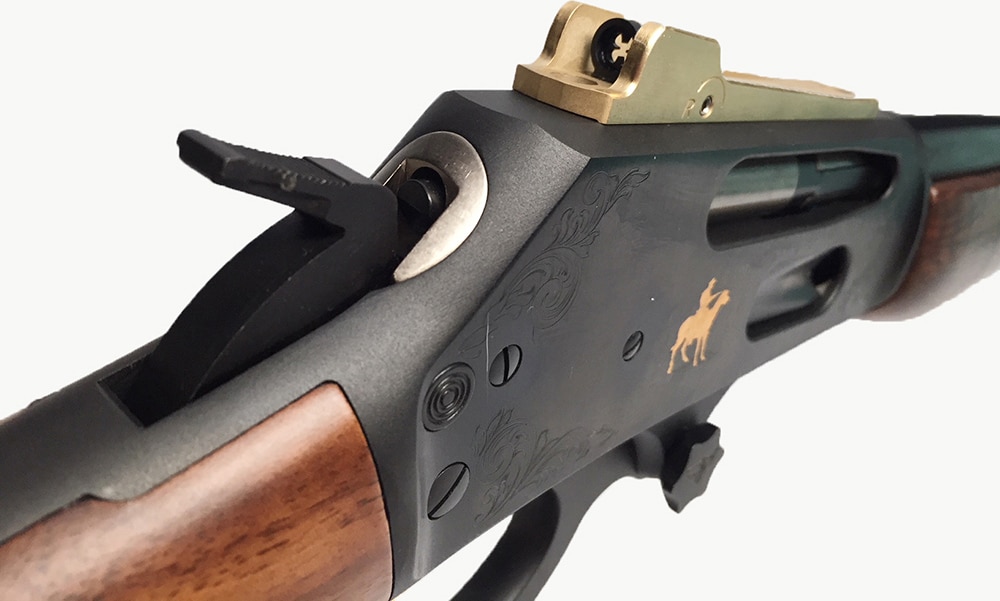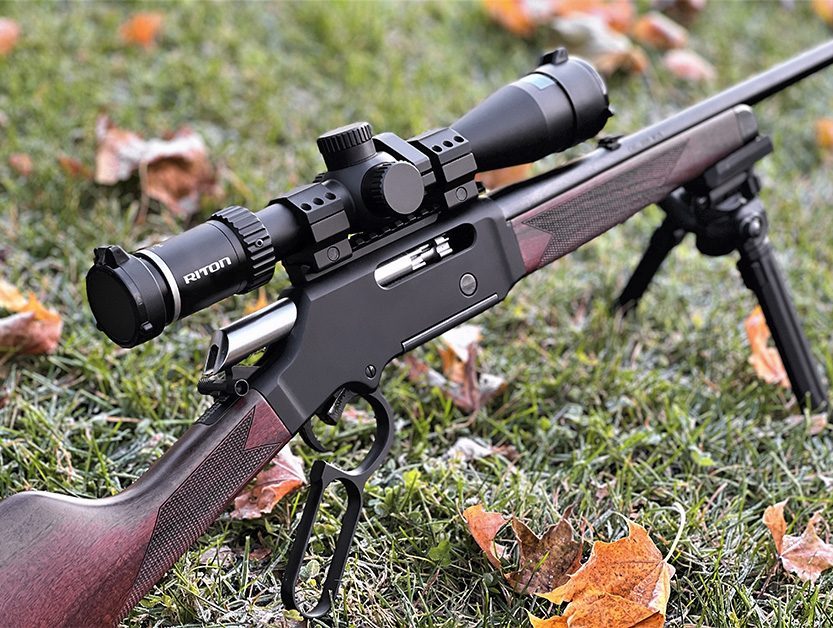Introduction
Lever action rifles are admired for their reliability, rich history, and versatility. However, the choice of barrel length and sights plays a crucial role in determining the performance, accuracy, and handling of these rifles. This article explores the impact of various barrel lengths and sight options on lever action rifles, helping shooters make informed decisions based on their needs, whether for hunting, target shooting, or home defense.
Barrel Lengths on Lever Action Rifles
Short Barrels (16 to 18 inches)
Lever action rifles with short barrels (16 to 18 inches) are highly maneuverable, making them ideal for close-quarters shooting and home defense. Their compact size allows for easy handling in tight spaces, such as dense brush or urban environments. Short-barrel rifles also have faster swing speeds, making it easier to acquire targets quickly, which is essential in hunting scenarios where the game might appear suddenly.
Advantages:
- Maneuverability: Easier to handle in confined spaces.
- Faster target acquisition: Quick to bring to aim due to shorter barrel length.
Drawbacks:
- Reduced accuracy at long range: Shorter barrels typically result in lower bullet velocity, which can affect long-range precision.

Medium Barrels (20 to 22 inches)
Medium-length barrels, usually ranging from 20 to 22 inches, offer a balanced compromise between accuracy and handling. Rifles in this category are well-suited for mid-range hunting, providing adequate accuracy for shots within 150 to 200 yards, making them ideal for deer hunting and general field use.
Advantages:
- Balance: Provides a good mix of accuracy and maneuverability.
- Versatile for various applications: Suitable for both hunting and target shooting.
Drawbacks:
- Heavier than short-barrel rifles: While more accurate, they can be slightly bulkier than shorter counterparts.

Long Barrels (24 inches and above)
Lever action rifles with long barrels (24 inches or more) are primarily designed for long-range precision. The extended barrel length improves bullet velocity and accuracy at longer distances, making these rifles ideal for big game hunting or scenarios where long-range shooting is required. However, long barrels can make the rifle more cumbersome, especially in close-quarter environments.
Advantages:
- Increased accuracy: Ideal for long-range shooting due to improved bullet velocity.
- Stability: Longer barrels provide better stability during shots.
Drawbacks:
- Reduced maneuverability: The added length makes it harder to use in confined spaces.

Sight Options on Lever Action Rifles
Iron Sights
Iron sights are the most traditional sighting system used on lever action rifles, typically consisting of a rear notch and front blade. These are rugged, reliable, and simple to use, especially at short to medium distances. However, they are more challenging to use at long ranges and can be difficult for older shooters with declining vision.
Advantages:
- Durable and simple: Ideal for rough environments where optics might get damaged.
- Cost-effective: Comes standard on most lever action rifles without additional expense.
Drawbacks:
- Limited long-range accuracy: Less effective for precision shooting at longer distances.

Peep Sights
Peep sights offer an improvement over standard iron sights by providing a more precise aiming point. A small aperture near the shooter’s eye allows for greater accuracy, especially at longer ranges. Many hunters prefer peep sights for their balance of simplicity and improved accuracy over standard iron sights.
Advantages:
- Improved precision: Helps in acquiring targets quickly and accurately.
- Great for mid-range shooting: Offers more versatility than iron sights.
Drawbacks:
- Limited in low-light conditions: Can be harder to use in poor lighting compared to optics.

Optics and Scopes
Modern lever action rifles can be fitted with optics and scopes. The addition of scopes allows for greater long-range accuracy, particularly when hunting large game or engaging targets beyond 200 yards. Many modern rifles come pre-drilled and tapped to accommodate scopes, especially those chambered in powerful calibers like .45-70 Government.
Advantages:
- Increased long-range accuracy: Scopes make hitting distant targets easier.
- Enhanced visibility in low light: Many scopes offer features like illuminated reticles for better performance in poor lighting.
Drawbacks:
- Fragile compared to iron sights: Optics can be damaged in rough environments.
- Expensive: High-quality scopes add to the overall cost of the rifle setup.

Conclusion
The choice of barrel length and sights on a lever action rifle greatly influences its performance and handling. Short-barrel rifles excel in close-quarters scenarios, while longer barrels are better suited for long-range precision. Likewise, iron sights offer simplicity and durability, but modern optics and peep sights provide better accuracy for more demanding shooting situations. When selecting a lever action rifle, understanding your shooting needs will help you choose the right combination of barrel length and sights for optimal performance.
FAQs
-
What is the ideal barrel length for hunting with a lever action rifle?
The ideal barrel length depends on the game and environment. Medium barrels (20-22 inches) are perfect for most deer hunting, providing a balance between accuracy and maneuverability.
-
Can I mount a scope on a lever action rifle?
Yes, many modern lever action rifles are pre-drilled and tapped for scopes, making them suitable for long-range hunting and target shooting.
-
What are the advantages of peep sights on lever action rifles?
Peep sights offer improved accuracy over traditional iron sights, making them ideal for mid-range shooting.
-
Are longer barrels more accurate?
Yes, longer barrels generally provide better accuracy due to increased bullet velocity, but they can be cumbersome in tight spaces.
-
Can iron sights be used effectively at long ranges?
Iron sights are reliable for short to mid-range shooting, but they are less effective for precision at long distances compared to scopes or peep sights.
